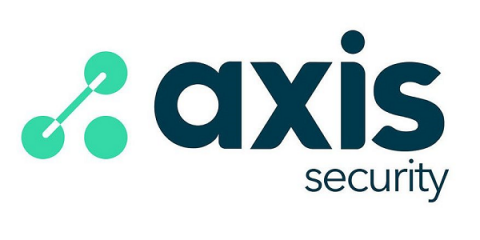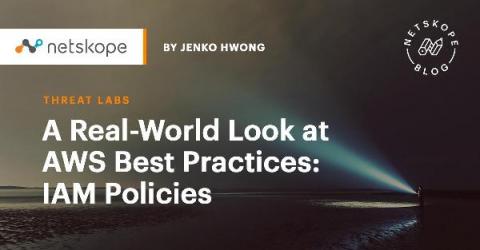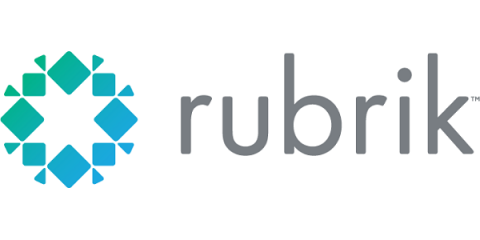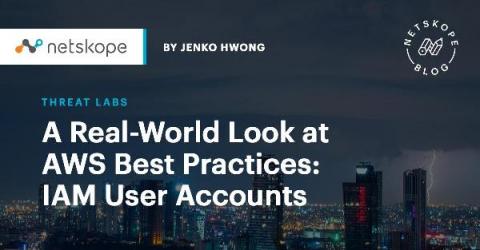What to Consider Before Using VDIs for Secure Access
A Virtual Desktop Infrastructure looks like a great match on paper. What’s not to like? You know where it is on Friday night, with your apps and data on your servers, not cruising the internet or making out on someone’s BYOD. It seems safe since it forces web access through the ‘house’ security stack and requires an ID check at the front door. It can be exclusively available only to users on your network via VPN, SD-WAN, or local network connection.










